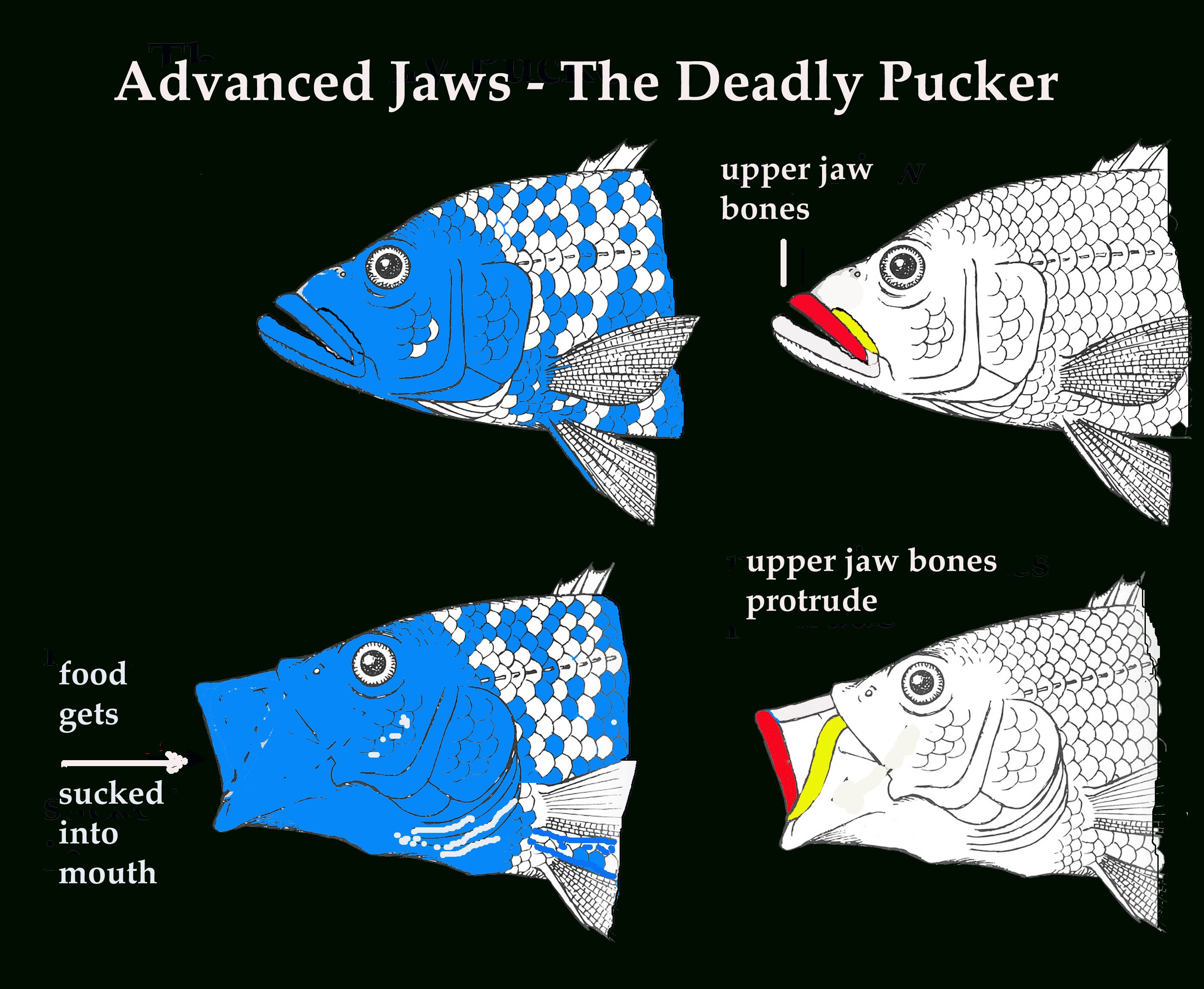 |
| Marty with his personal best musky! |
 |
| Cordell in his natural habitat |
This April Marty is heading down to the Bonefish Bootcamp with Cordell Baum Jr aka the Bonefish Whisperer. If you don't know about Cordell yet, you really need to look him up. This guy is a master of the flats in the Miami area. He fishes out of a canoe for bones, tarpon, reds, permit and even sharks! I guide out of a canoe on Lake Champlain so I have mad admiration for someone willing to take on saltwater bruisers like that. And he has figured out how to catch the exotics and native fishes found in the canal systems around Miami too. I fully intend on spending some time with him myself as soon as I can. If you are heading to South Florida and want some challenging and exciting fishing you need to hit up the Whisperer!
I already tied up a bunch of flies for peacock bass to send down to South Florida with the Pikin' Redneck Ken Capsey so I definitely can't send Marty down empty handed. Over the next couple of months I will put up some photos of the flies I am putting together for Marty to nail some fish with. I want to make sure he has the right ammo to take down everything from peacocks to bones to sharks and tarpon..... A lot of fun for him and just as much fun for me to tie that kind of variety! I do have to admit that I feel a bit bad for sending Marty down there with a bunch of my flies since Cordell has some sweet patterns he has developed for the fishing he does but I can't resist the variety of flies it lets me wrap up! So check these out:
I am loving these epoxy minnows I have come up with. The epoxy minnow is not a new fly by any means but I think my materials and construction method are a bit different than anything else I have seen. I can't wait to see them in action!
Yea, Clouser minnows. I know, big surprise right? There are few places in the world where these flies don't work so I would be remiss in my duties if I didn't send a variety with Marty to go down there. And chartreuse and white is the classic color. Plenty more of these coming in a wide variety of colors and materials too!
Some nice rabbit strip tarpon flies. I saw this pattern in a magazine a couple of years ago. It was rabbit strip in the back and wool in the front. I love the Hareline Sculpin Wool- great stuff to work with and it looks great in the water. It catches fish too! So I tied up these tarpon bunnies on some 3/0 Gamakatsu Live Bait hooks. It is a stout hook and wickedly sharp. Hopefully that will penetrate the mouth of those brutes fairly easily! The weight of the hook combined with the materials should make for a cool neutrally boyant fly.... Let's see what the field tester says about that!
 |
| 5/0 Crease flies |
More stuff coming soon!
 |
| 2/0 Creasers |

















































